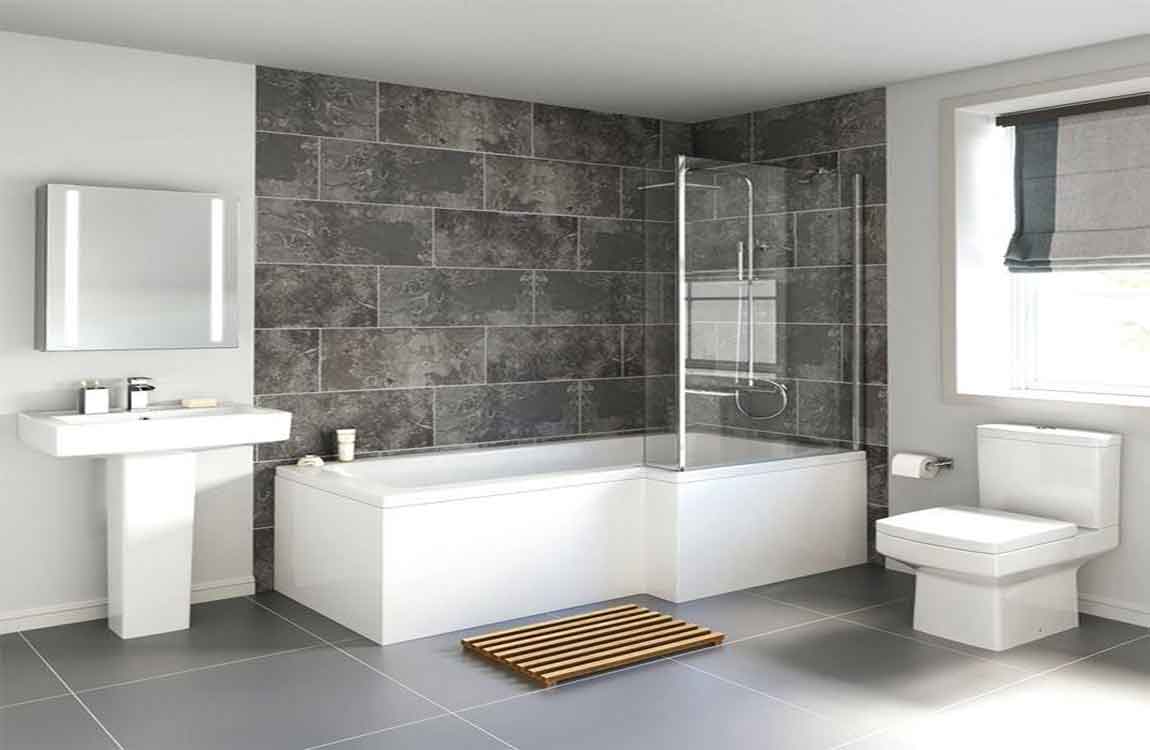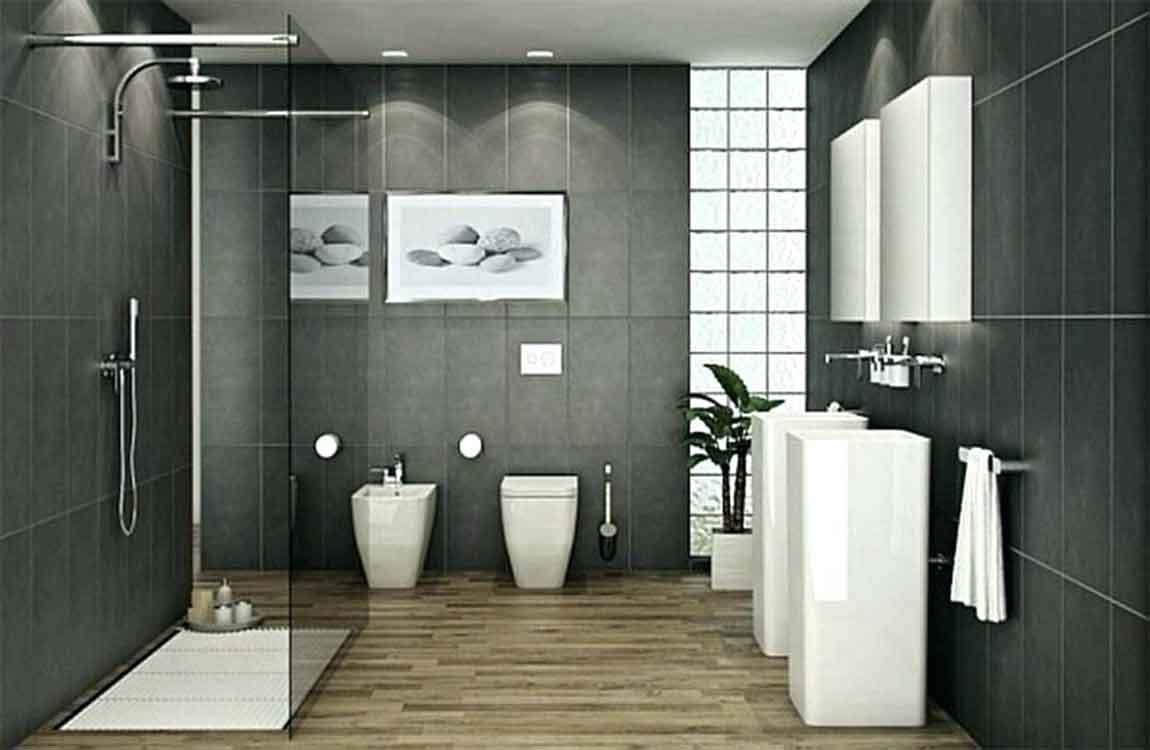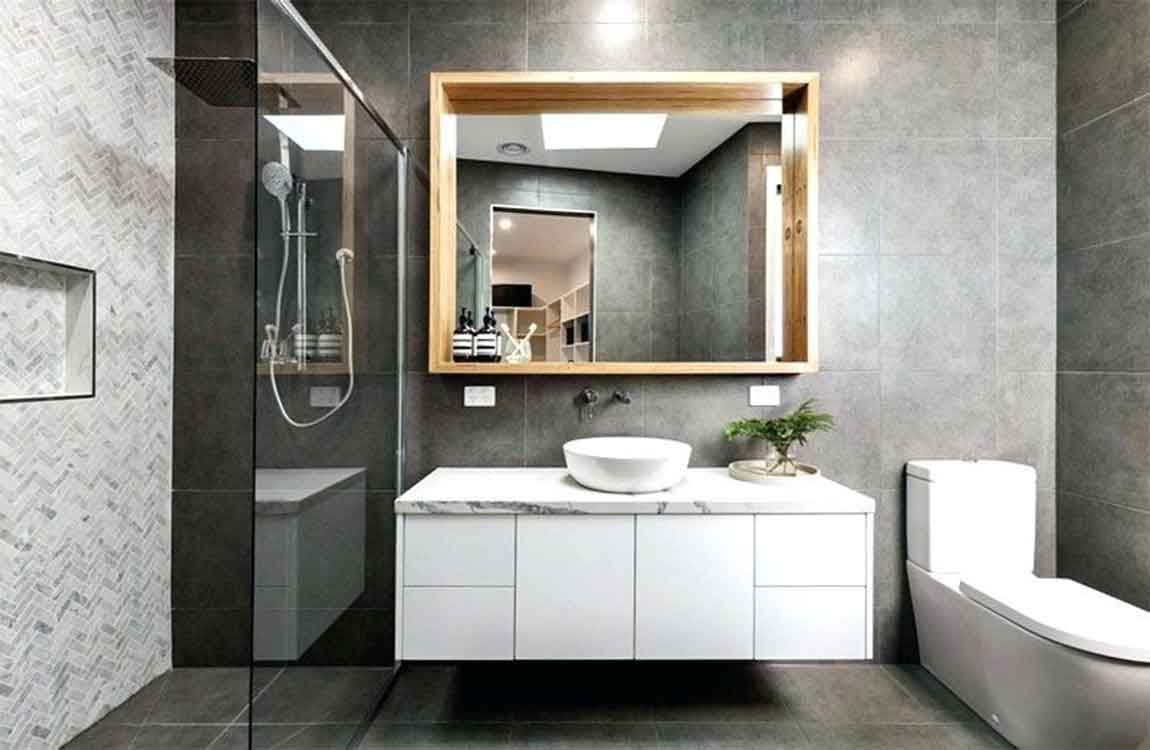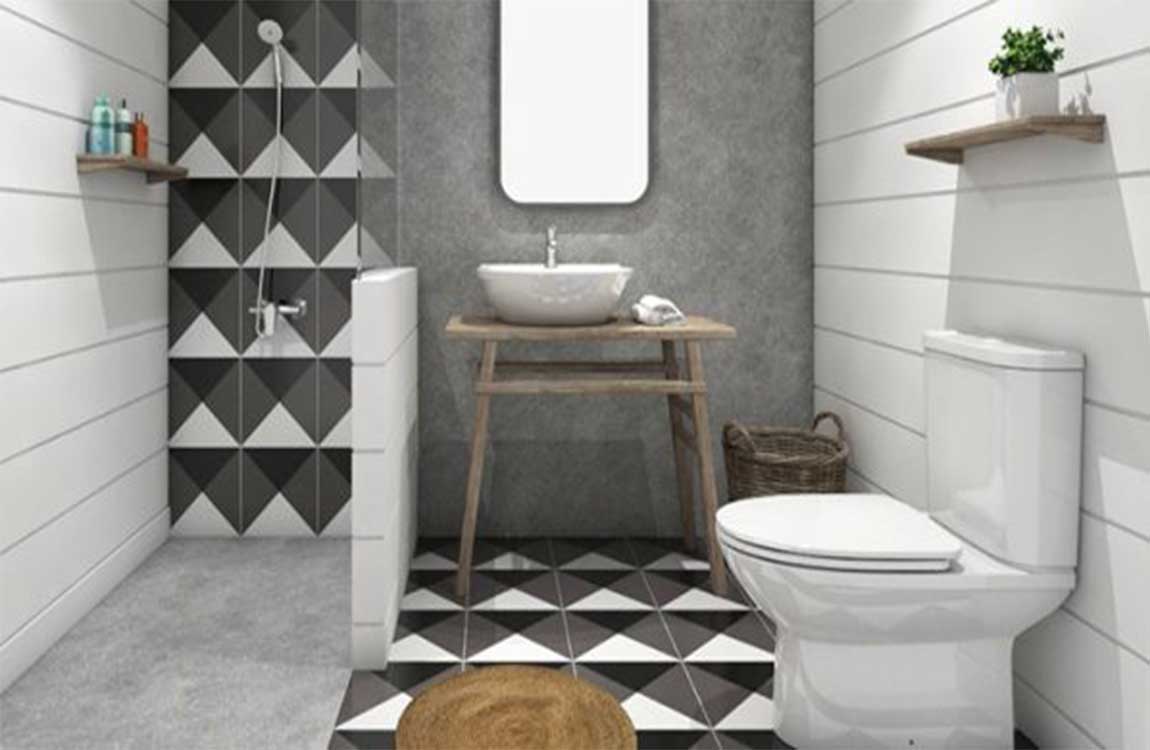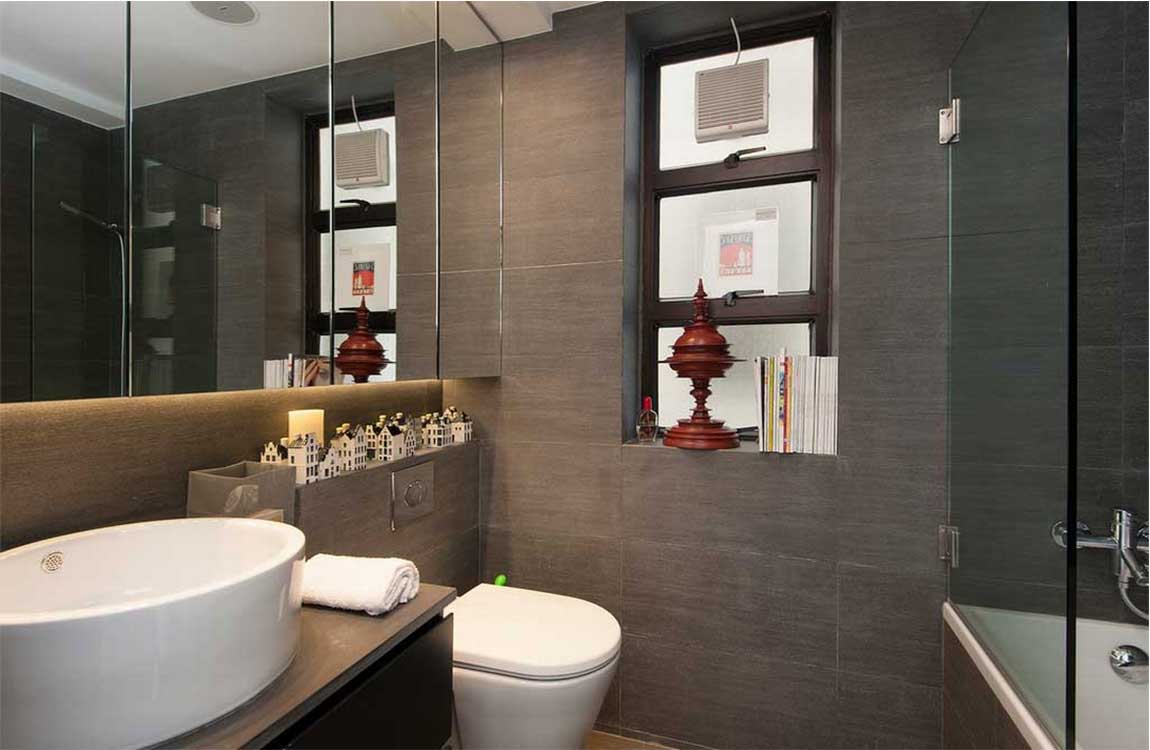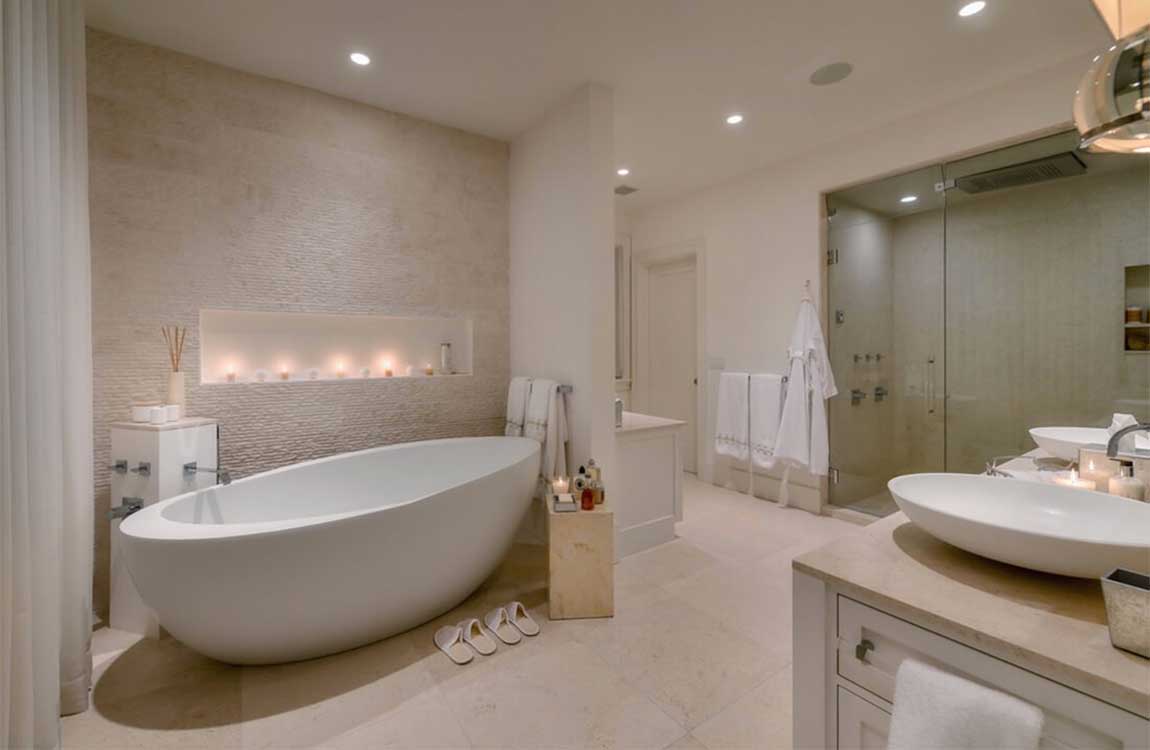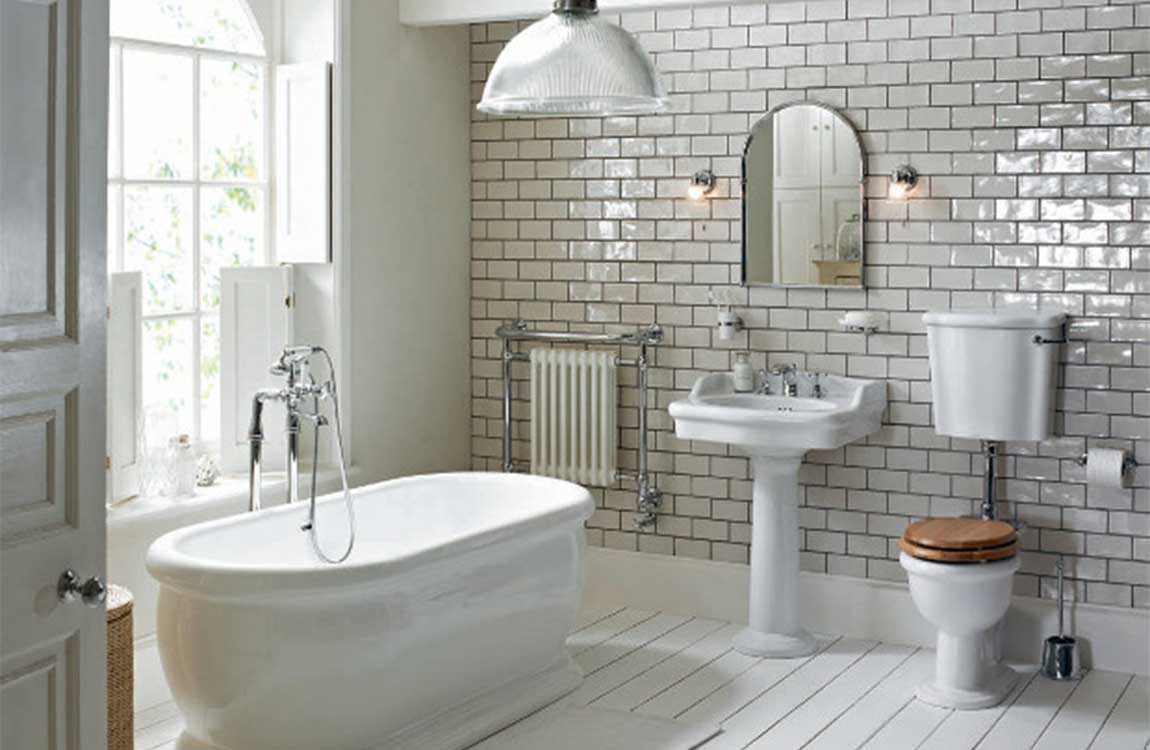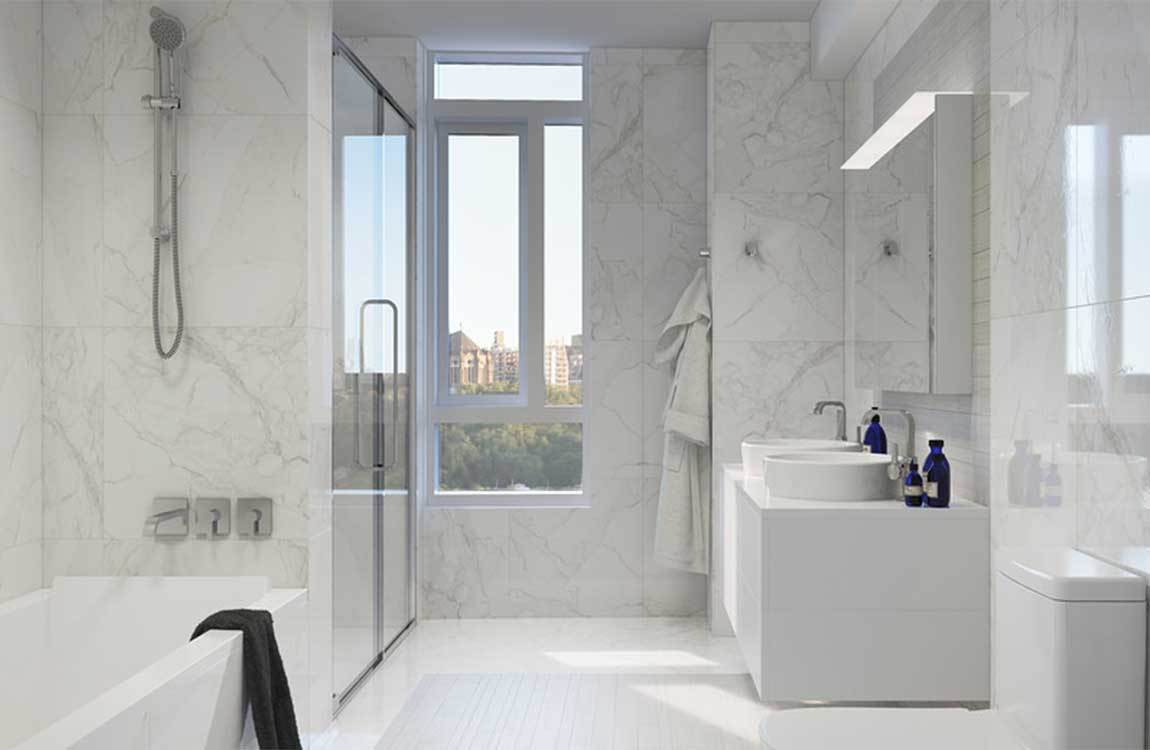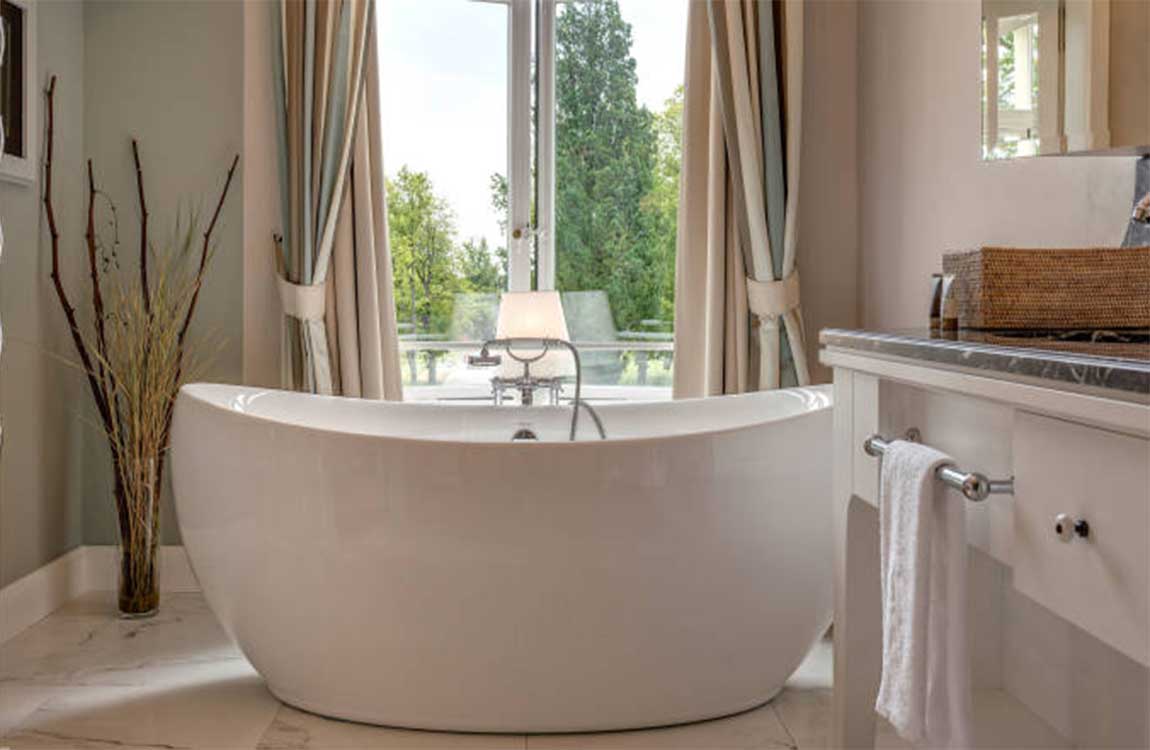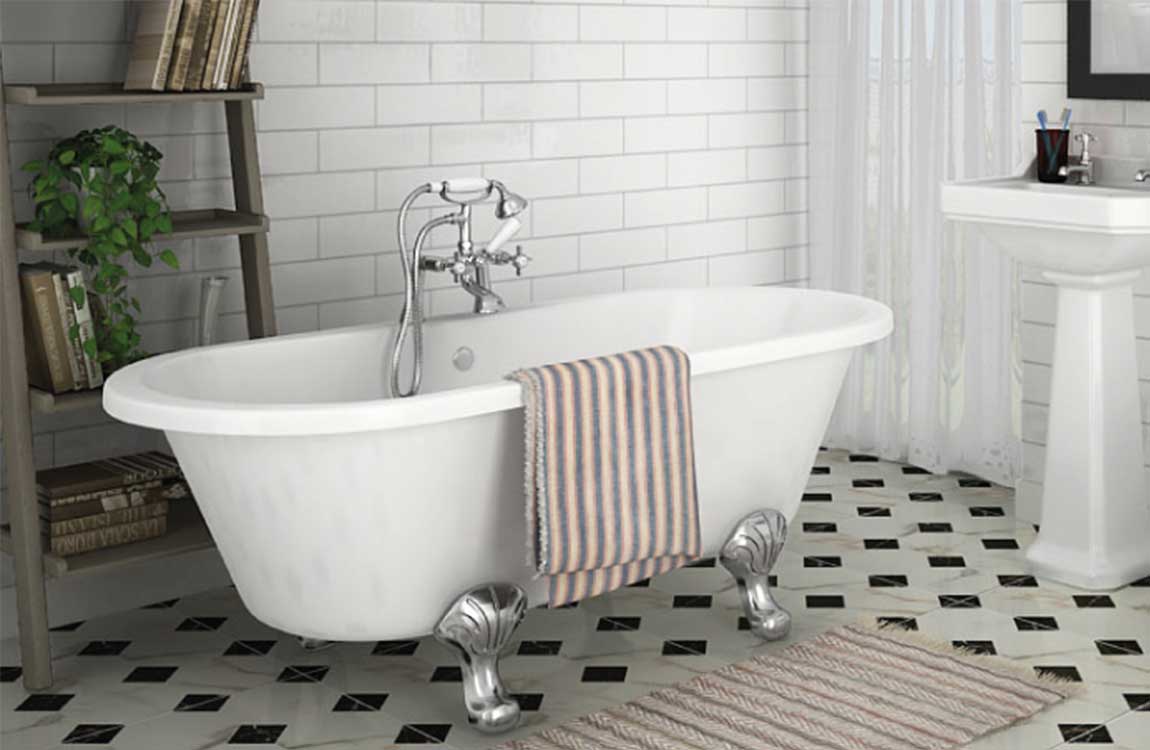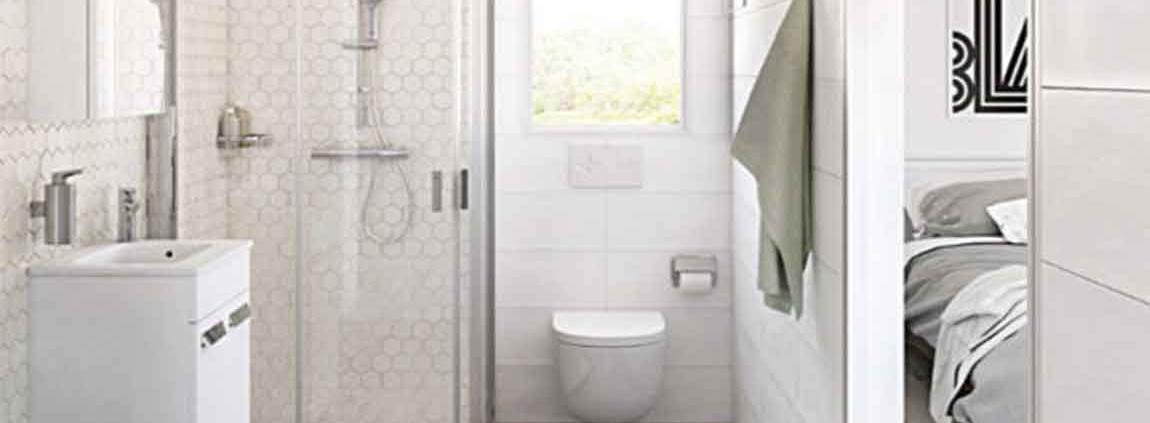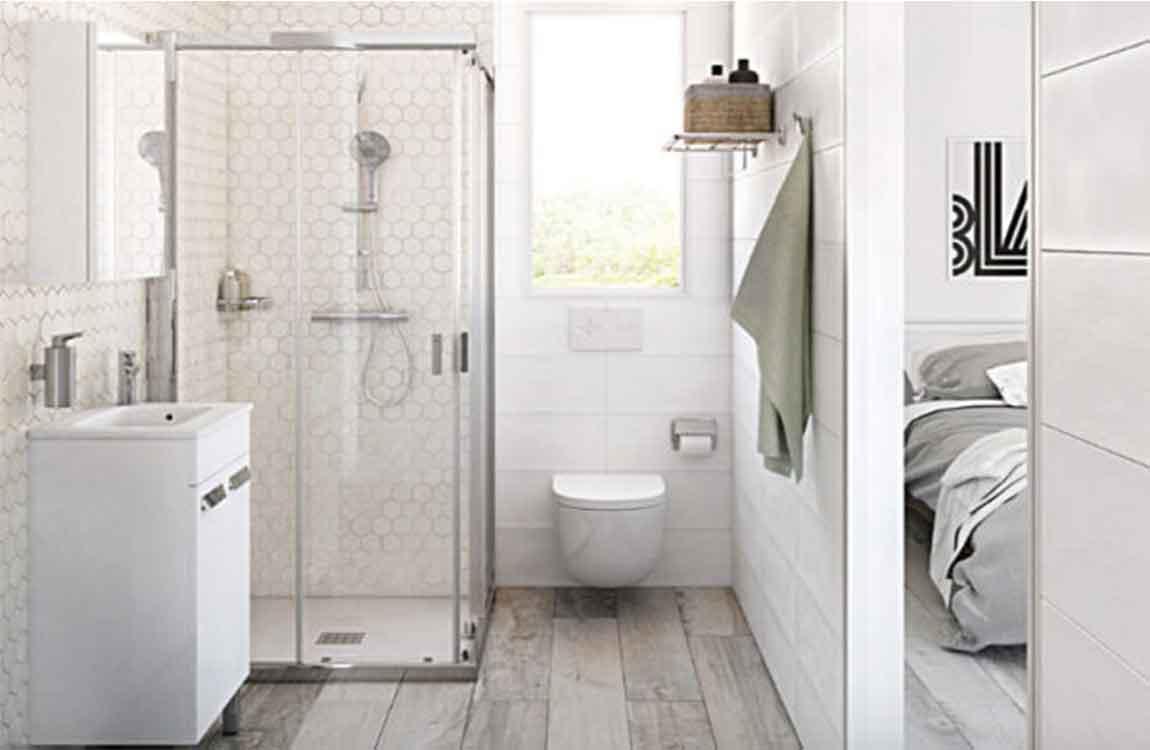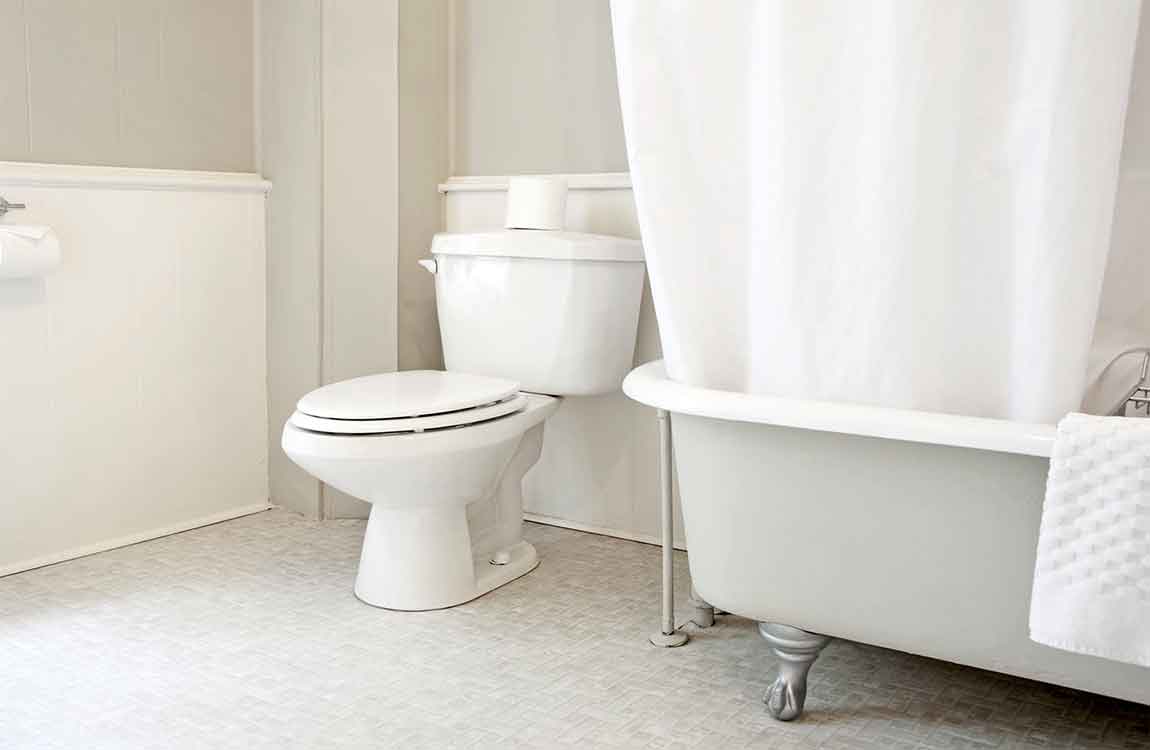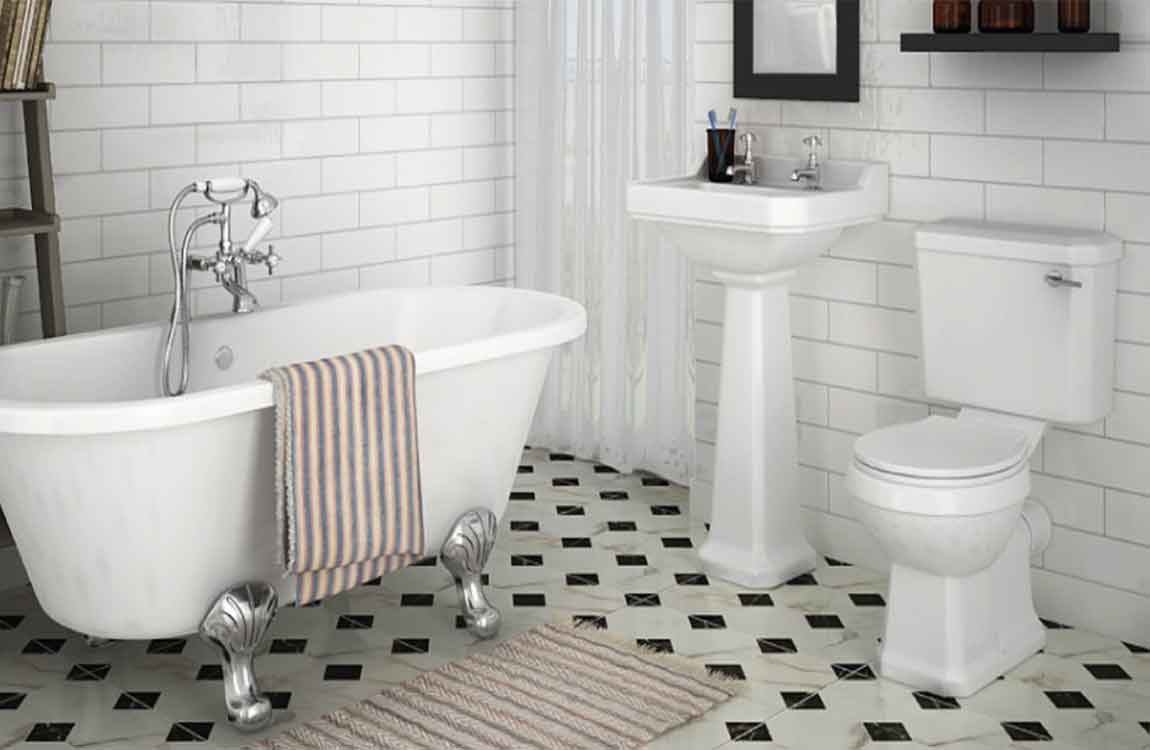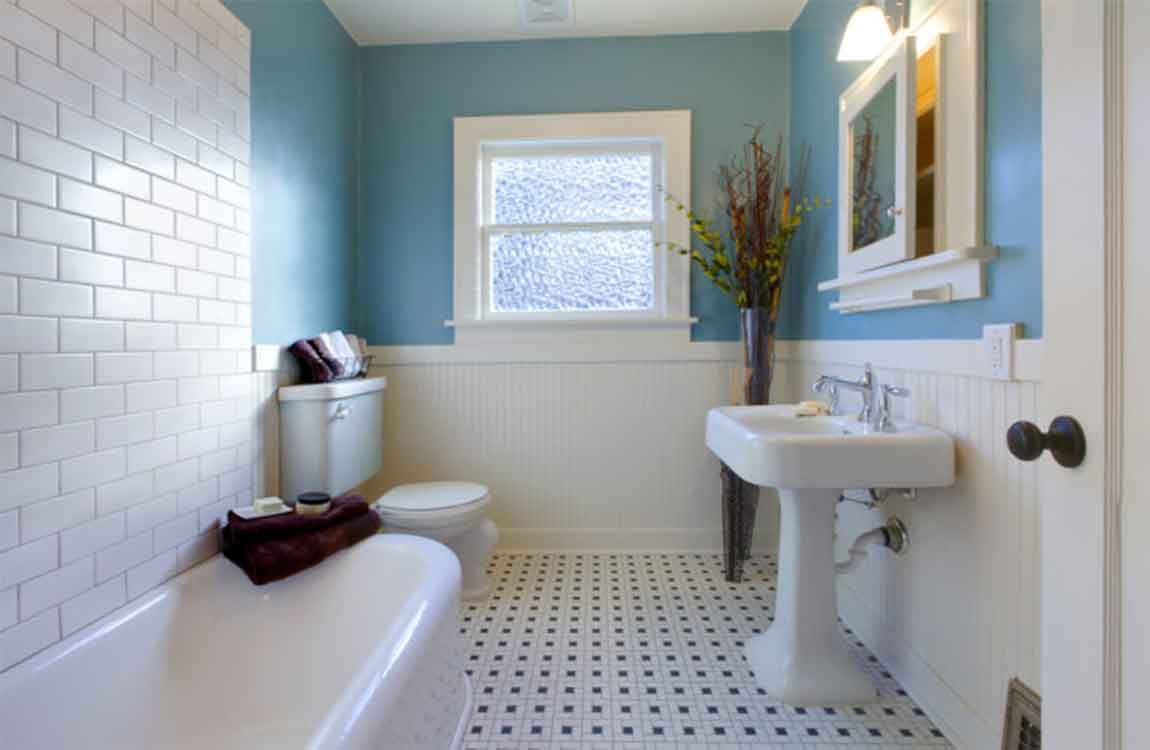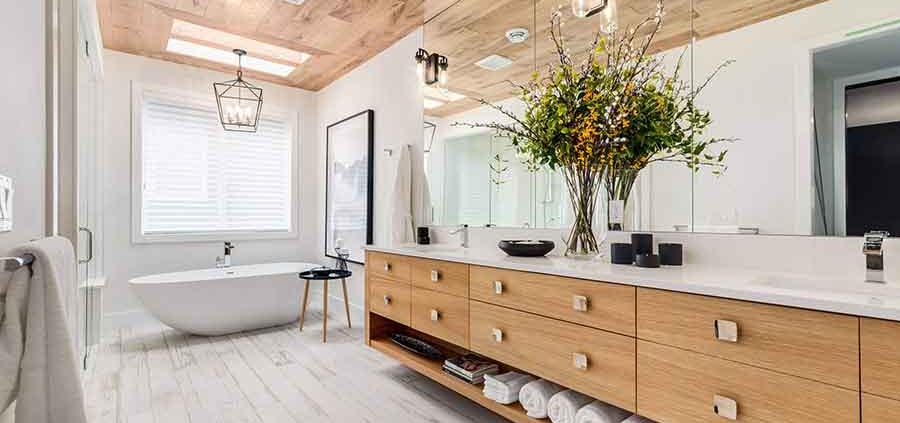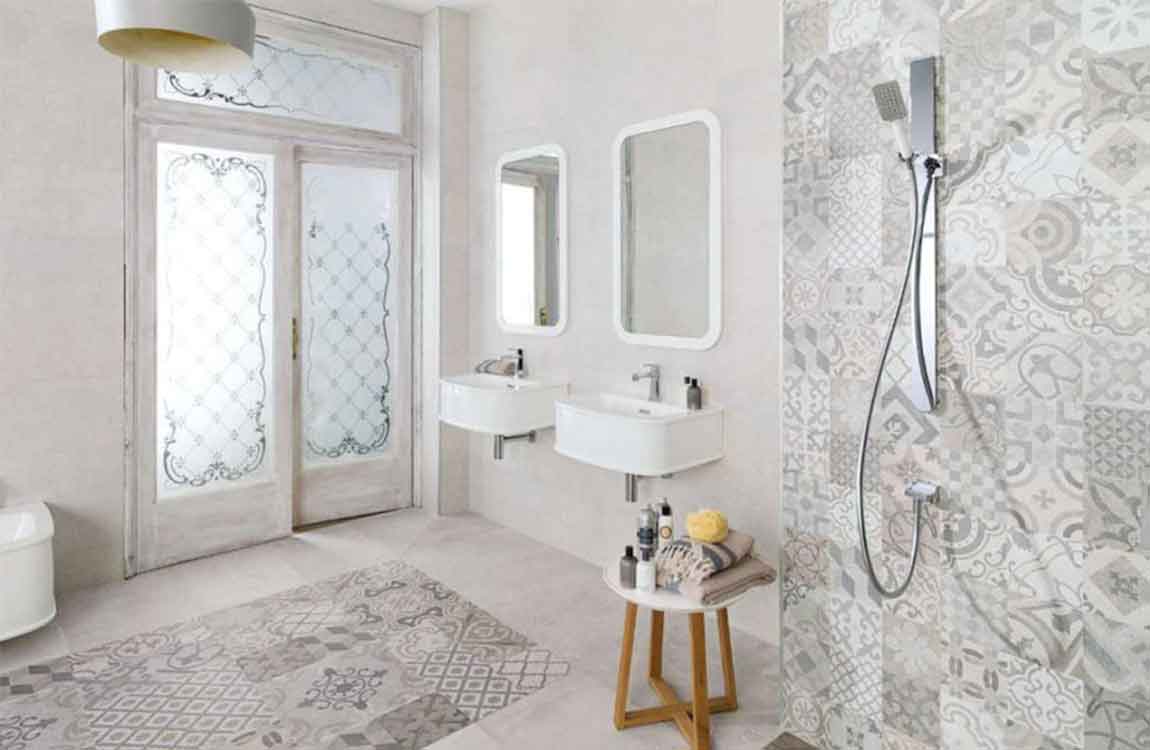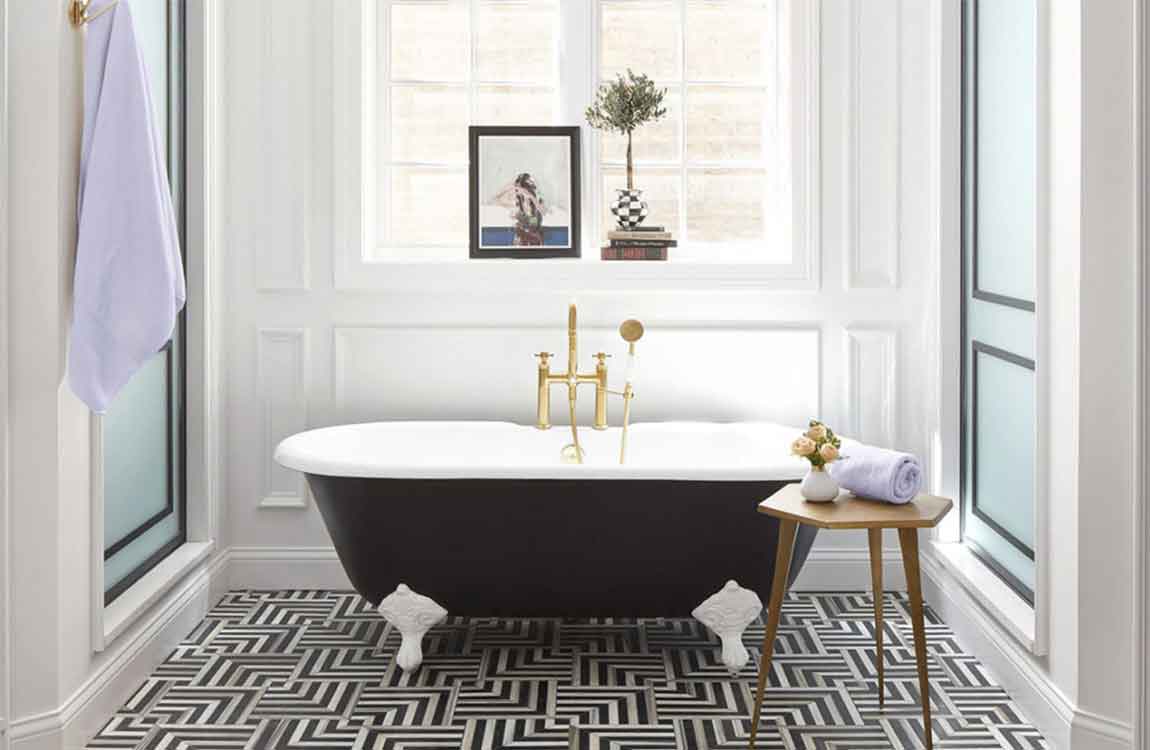Replace your fixtures. Do away with old hardware, like faucets, towel racks and sink and drawer handles. With time, these pieces can rust, stain or just become tedious, making them unpleasant to look at. Spend a little time and money picking out new eye-catching fixtures that more accurately reflect your evolving tastes and design ideas for your bathroom. You’d be surprised how much difference a new set of knobs or shower curtain rod can make.

Though they’re small touches, your fixtures say a lot about the state of your bathroom. They tend to be in the areas that receive the most use, which means they’re one of the things people commonly notice. Choose fixtures with finishes that are the same or complementary to each other. Make sure you clean and polish your hardware regularly to keep it looking new.
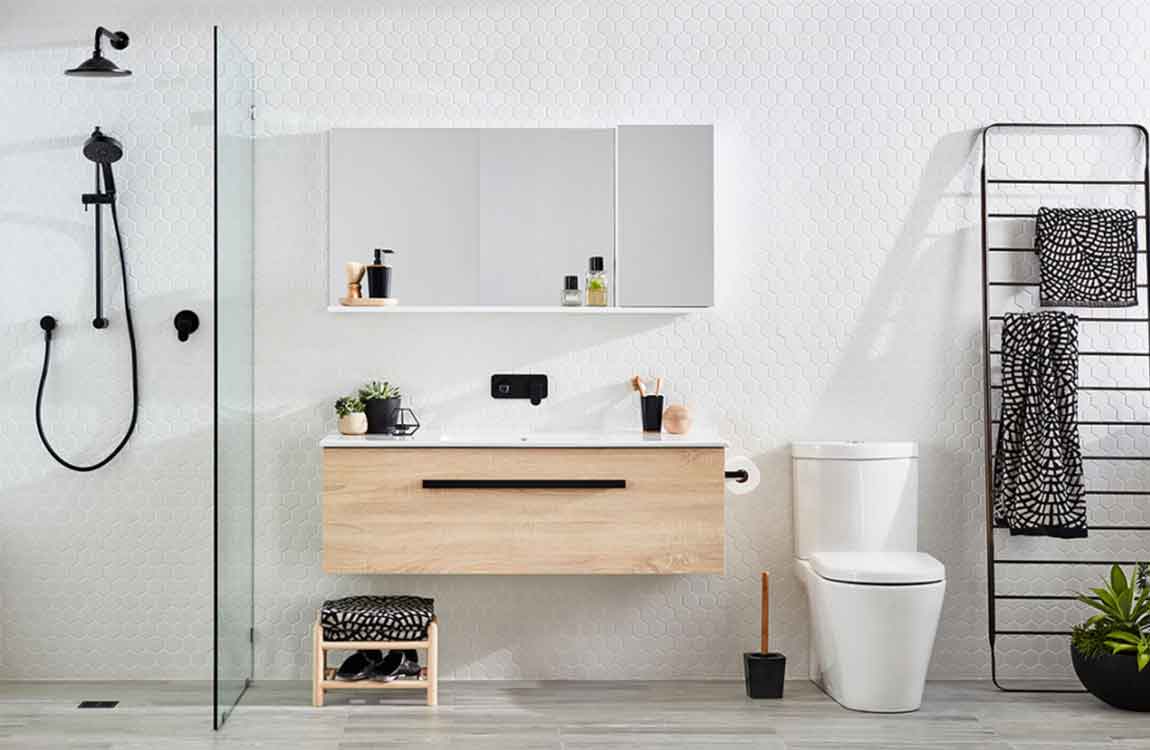
Put in a new shower head. Chances are, you’re still using the original shower head your bathroom came outfitted with. While this is more equipment than decoration, investing in a new shower head can do wonders for both your physical comfort and the look of your shower area. Consider which practical features you like, then shop around for different sizes and stylish designs and finishes.
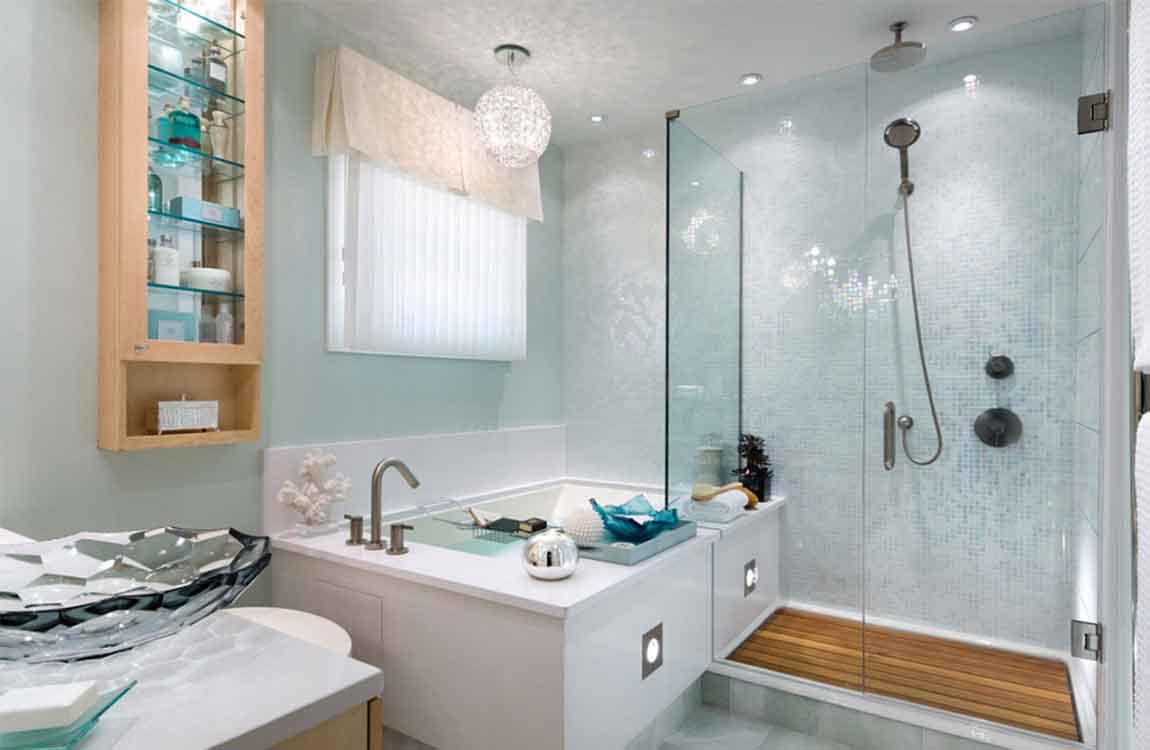
You can readily find inexpensive shower heads in elegant finishes like brass or graphite, while more expensive shower heads will also allow you to control the flow and pressure of the stream.
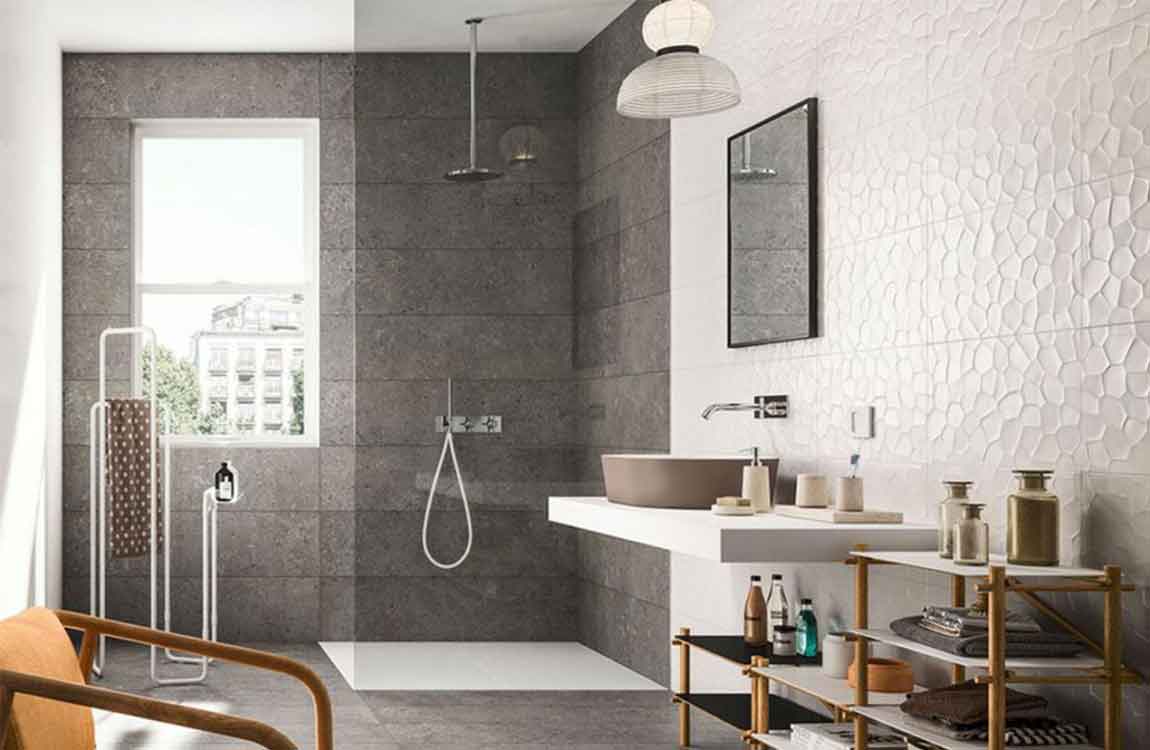
Make use of racks, shelves and cabinets. Forget about stowing everything away under the sink. Mount an extra rack or shelf, or make room for a small, open cabinet and use this to organize your bath items. With more storage space, you’ll not only be able to change the appearance of your bathroom, but also eliminate the kind of clutter that has a tendency to accumulate in the areas where you spend the most time getting ready.
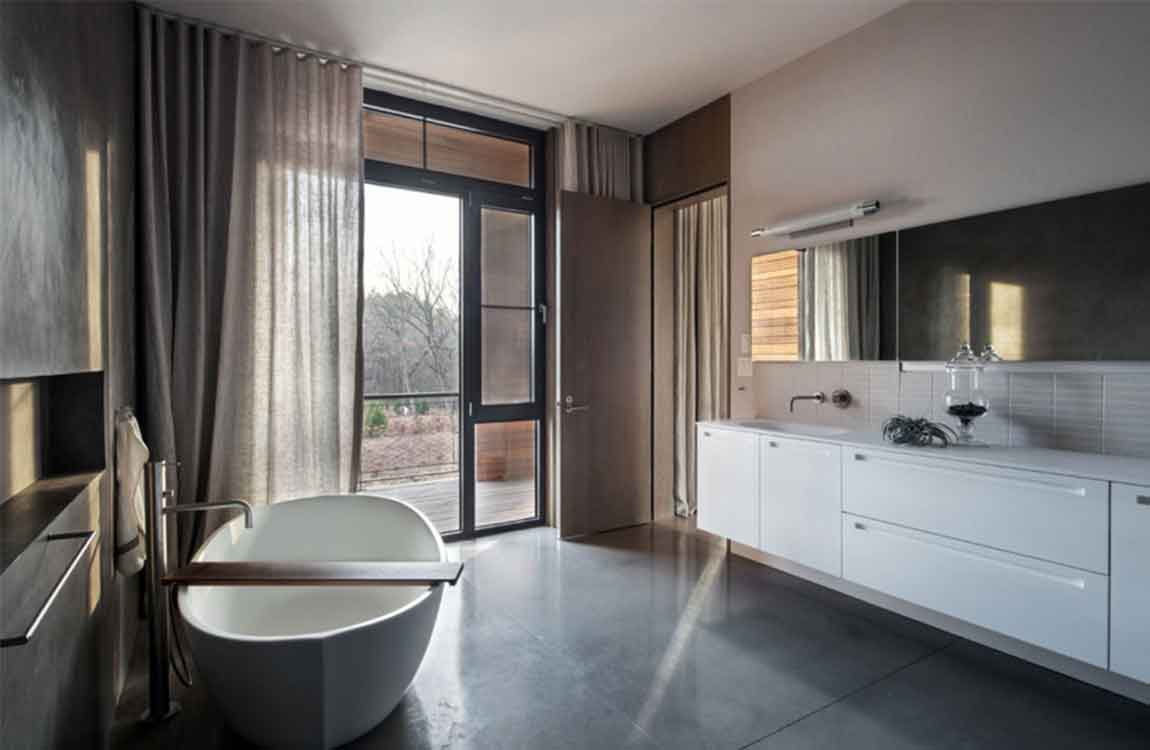
Hang a standard kitchen spice rack and use it to store hand soaps, deodorant, shaving supplies and other items. Stow away toiletries you don’t want out in the open in an old repainted nightstand.
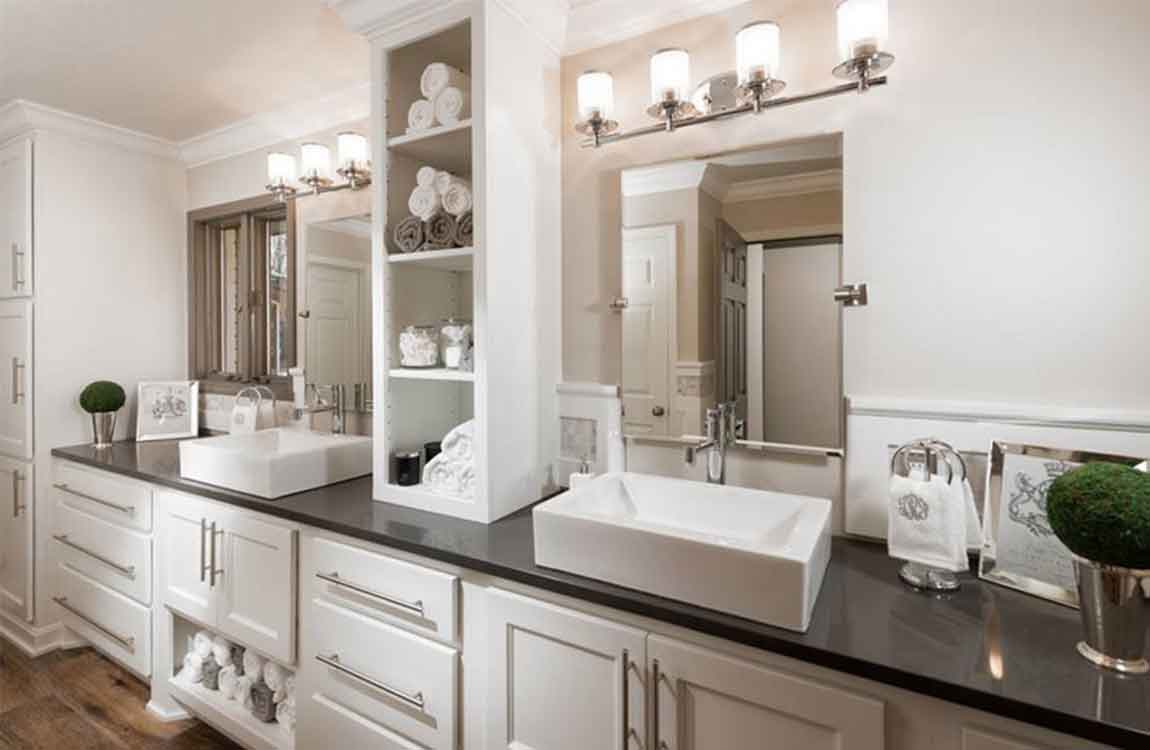
Install a dimmer light switch. One simple trick that can make your bathroom more cozy is to soften the lighting. By swapping your standard light switch for a dimmer, you can fine-tune the brightness of the room, cranking it up when you’re shaving or doing your makeup and lowering it to a soft glow when you want to treat yourself to a spa-like experience. Custom lighting can lend a bit of class and tranquility to an otherwise unremarkable room.

Lower light is perfect for taking a relaxing bubble bath, or for those times when you get up to use the restroom in the middle of the night and don’t want bright light shining right in your eyes. A good contractor can install a dimmer switch in just a few minutes, or you can look up instructions for how to do it yourself here. Alternatively, add ambience with candles (with real or fake flames). Candles are a cheap and easy way to spruce up your bathroom and also make the room smell great.

Put in new tile. Ceramic tile is a relatively inexpensive way to refresh the appearance of your bathroom, and, since it covers so much surface area, makes a big impact on the room’s appearance without the need to knock out a wall or have the plumbing redone. Natural stoneware or bright, colorful tiles can be used to cover up time-worn walls and floors, giving your lavatory the dressing up it desperately needs. While installing new tile is a bigger project than simply buying a new set of towels, it can usually be done in a single weekend, and allows you to fully customize the final outcome.
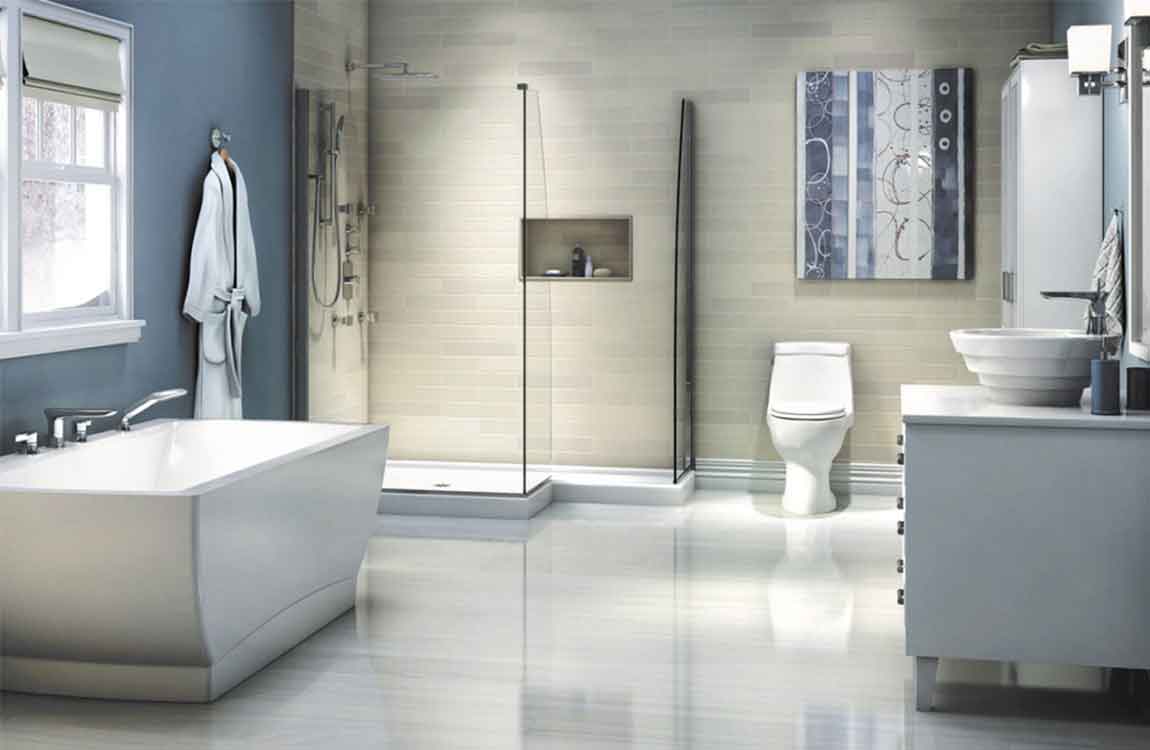
Provided you have the right budget to work with, you can install new tile yourself for only a few hundred dollars worth of tools and materials. This could save you thousands of dollars in contractor’s fees. Compare tiles in different shades, patterns and configurations to find the perfect match for your redesigned bathroom. If your tile is in good shape, you can paint it instead of replacing it, which is quicker and cheaper.
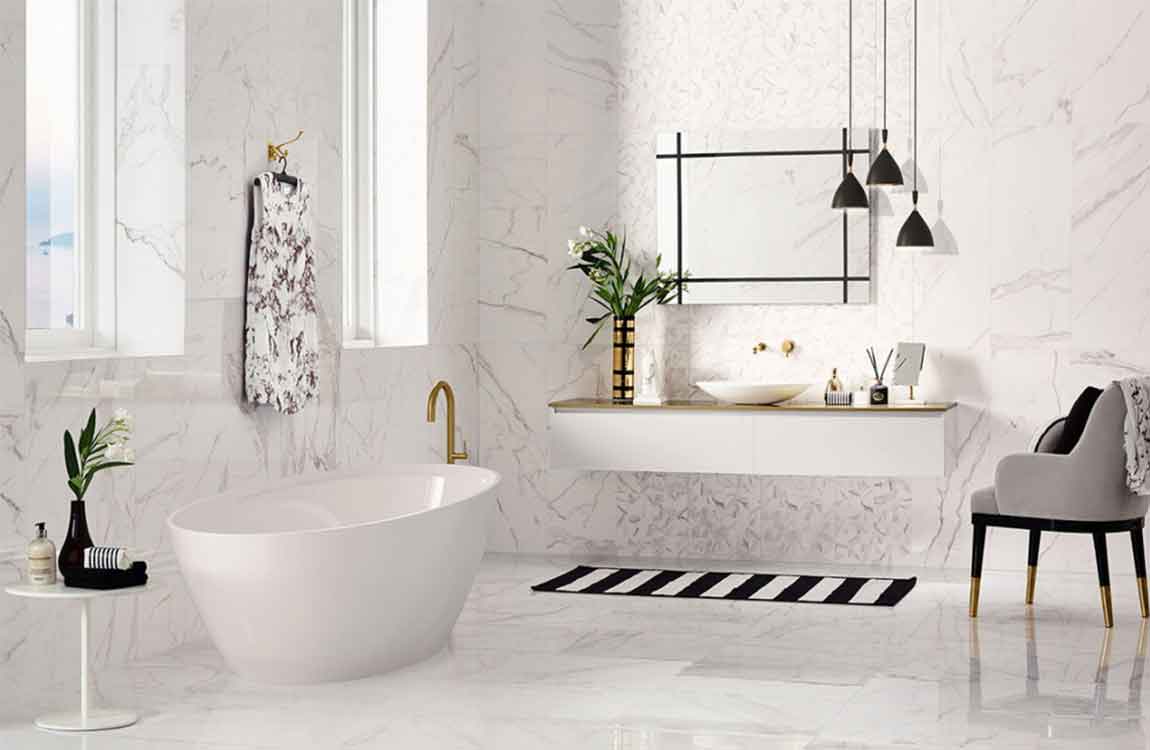
Chisel away tiles instead. This method is slower, but allows you to save some of the tiles for reuse. Scrape away some of the grout in a long line using a utility knife, grout saw, or rotary grinder. Place a chisel against the edge of a tile in this line, almost flat against a wall, and tap with a hammer. If all goes well, the tile will pop out. If it doesn’t budge or if a small piece chips off, remove grout from the sides and try again. This becomes easier once the first tile is removed. An electric chisel can speed this job up.
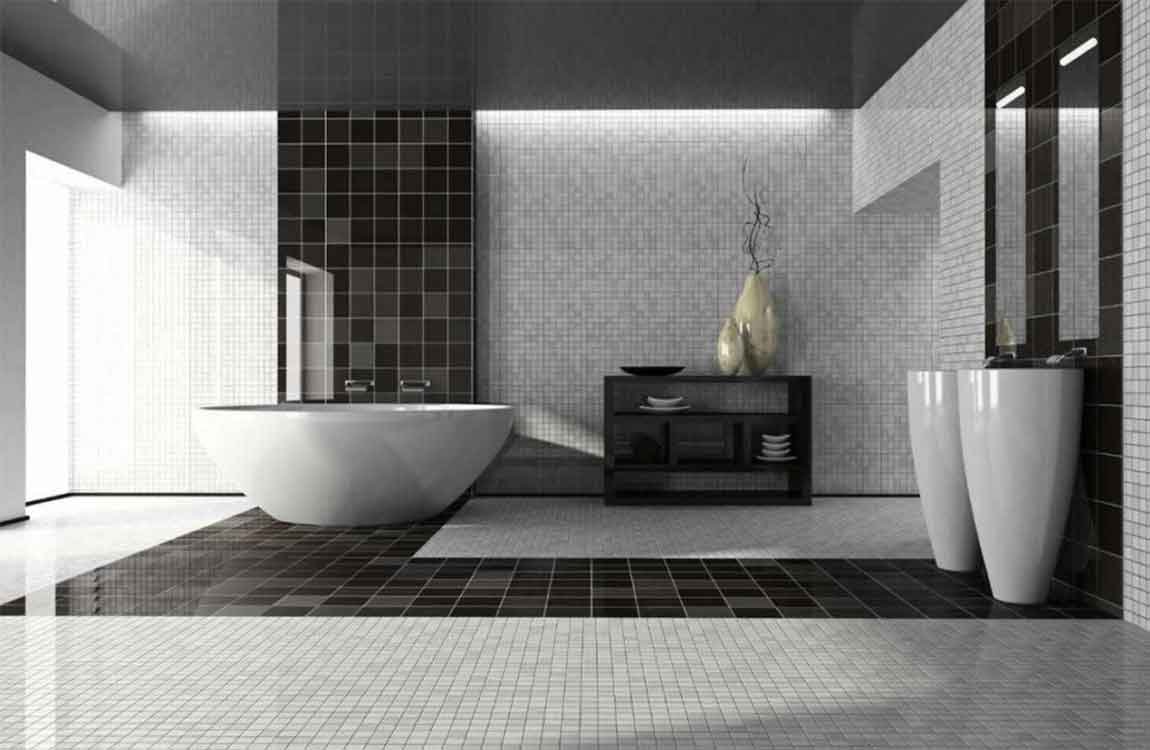
Remove adhesive. After chiseling away tiles, scrape away the adhesive with a putty knife or hand scraper. Try soaking the tiles in water first to soften the mortar.


